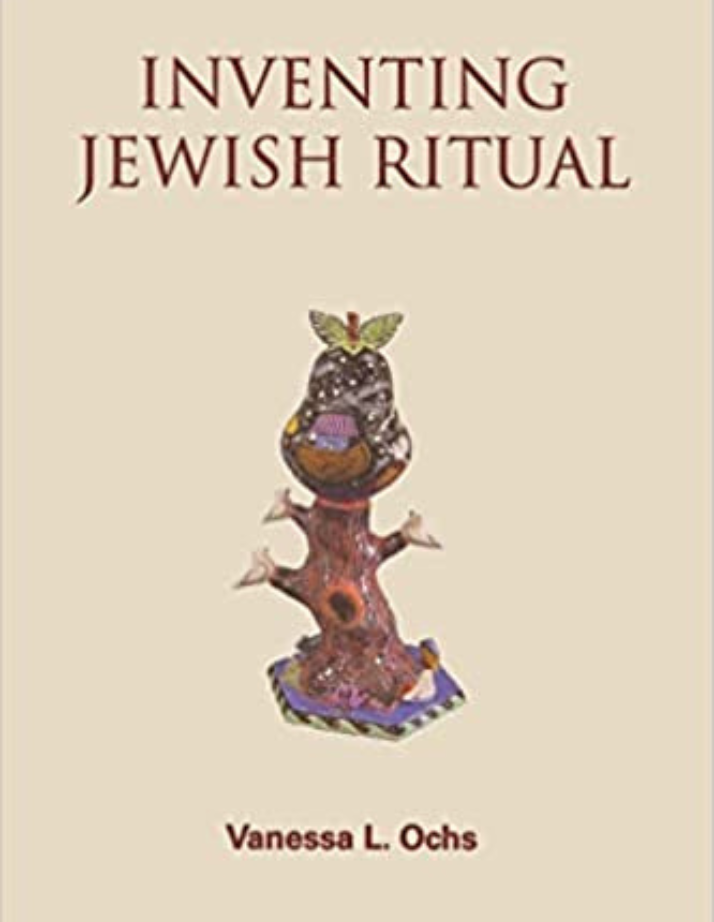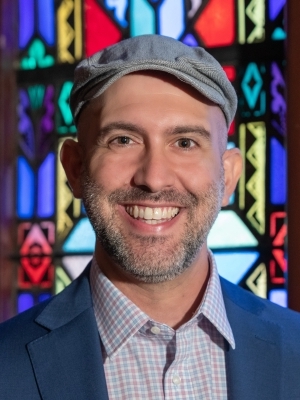Lecha Dodi is a relative youngster in the siddur. Tu BiShevat was once a tax holiday. Jewish ritual innovation is nothing new, yet the past 50 years have seen an unprecedented flowering of ceremonial experimentation as both a corrective to long-standing exclusion and a response to a rapidly changing world.
We are the better for it. When Albert Hirschman wrote his seminal 1970 text about dissatisfied members of an organization choosing either “exit, voice, or loyalty,” he might as well have written about Jews reacting to unmet spiritual needs; people have either abandoned Judaism altogether (exit), dutifully stuck to inherited norms and practices despite their inadequacies (loyalty), or created new methods to meet the moment (voice). In her book, Inventing Jewish Ritual, Rabbi Dr. Vanessa Ochs documents the generative approach, a democratizing force that has carried our heirloom textiles into the present by adjusting hems, adding pockets, or creating new garments altogether.
From Rosh Chodesh groups to Miriam’s cups, Ochs chronicles how women have recently led the way in ritual innovation to end long-overdue erasures of female voices, perspectives, and needs, marking previously “unmarked events,” such as miscarriage or menopause. She shows how feminist concerns have led couples to craft their own wedding booklets, a description of the event’s proceedings that serve as a postmodern meta-commentary on the couple’s choices, diversions from and inclusions of tradition in what was once a ceremony marking property exchange. Not limiting herself to the most progressive strands of Judaism, she highlights the practice of Lubavitch women making, decorating, and playing tambourines in advance of Passover, in honor of Miriam’s timbrels.
New ritual can evoke strong emotion, including skepticism, disapproval, or even active opposition from traditionalists, but Ochs sees vitality in experimentation. Where some may wince at the frivolity of a chocolate seder, she asks, “Didn’t hiding the afikoman feel whimsical at first?” She unpacks how creators wrestle with questions of authenticity, describes how new ritual objects can make innovation both tangible and legitimate, and asserts that it is everyday people, rather than rabbis and committees, who often decide what has staying power by virtue of what resonates with them.
The past decade since the publication of Ochs’s book has only broadened the potential examples she could cite. Whether it’s a transgender renaming ceremony on Ritualwell, the Hartman Institute’s reimagined Hitkansut for Yom HaShoah in the absence of Holocaust survivors, or Dayenu’s practices of spiritual adaptation in response to climate change, innovation has become a new and needed normal.
This use of “voice,” to return to Hirschman, is not only of benefit because it allows its creators to exercise a sense of control at times of powerlessness, but it also transforms an exit door into an entrance for people and moments long waiting outside.
Dr. Andrew Kaplan Mandel (he/him) is the founder of Tzedek Box, a new Jewish ritual supporting action and reflection for a more just world. After ordination from Hebrew Union College-Jewish Institute of Religion this May, he will serve Central Synagogue as a rabbi and director of online community engagement. Andrew holds a doctorate from Teachers College, Columbia University, in adult learning and leadership.


